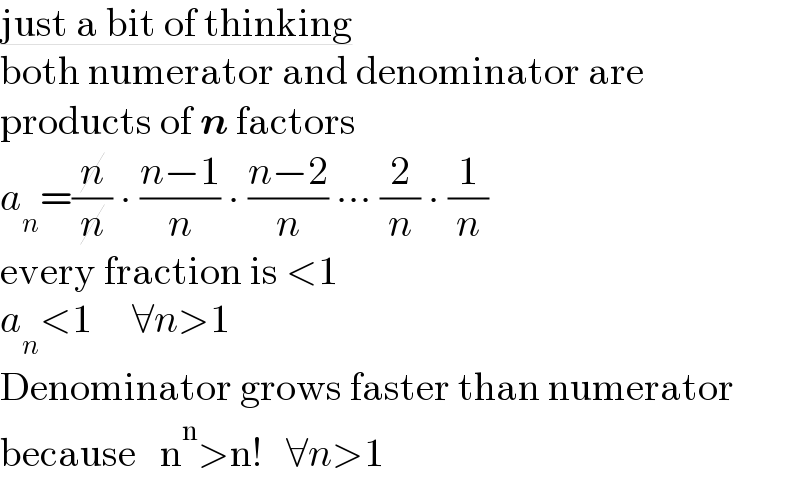
Question and Answers Forum
Question Number 186323 by Rupesh123 last updated on 03/Feb/23

Commented by Frix last updated on 03/Feb/23

Answered by JDamian last updated on 03/Feb/23

| ||
Question and Answers Forum | ||
Question Number 186323 by Rupesh123 last updated on 03/Feb/23 | ||
 | ||
Commented by Frix last updated on 03/Feb/23 | ||
 | ||
Answered by JDamian last updated on 03/Feb/23 | ||
 | ||
| ||